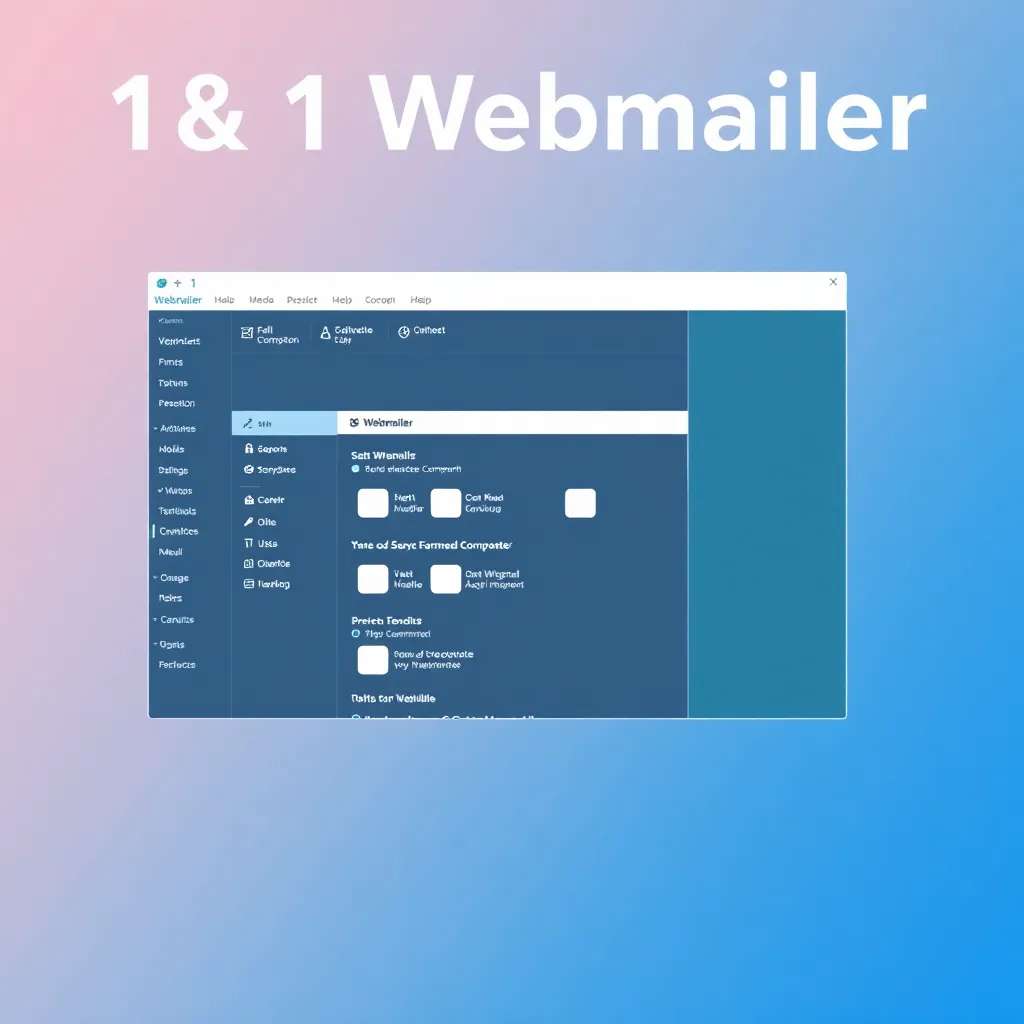So that the website In order to sustainably optimize the website to the needs of the visitors, it is essential to analyze the visitor flows. There is a large selection of paid and free tools for this purpose. Probably the best known and most widely used analysis tool is Google Analytics. With Google Analytics, you get to understand how visitors find your website and how they interact with your website. In addition to simple analytics like "Number of sessions on day X" or "Average visit time", many more metrics can be read out. In this way, the analysis can be very individually targeted. Ultimately, sus these Data derive necessary measures to optimize the website and usability. But enough about Google Analytics - below you will learn how to integrate Google Analytics into your WordPress blog. And you can do it without any programming knowledge using a handy WordPress plugin.
Google Analytics for WordPress blogs
To use Google Analytics on the website, it is necessary to verify the website. In addition, a so-called tracking code must be implemented in the page so that continuous traffic data can be transmitted to Google Analytics. These two points can be a bit time-consuming under certain circumstances, as the corresponding measures have to be carried out manually. To make this easier and faster, you can use one of the many WordPress plugins. In the following the Yoast Analytics Plugin is introduced.
Yoast Analytics Plugin
Because Yoast Analytics performs all these tasks completely automatically. In order for the plugin to become active, only the Google Analytics account ID needs to be entered. And that's it. From now on, the account is verified and tracking is activated. An all-round practical thing - especially for inexperienced WordPress users. Another advantage is that the plugin automatically updates the tracking code as soon as there is a new version, as was recently done with Universal Analytics.
Installation and setup of the plugin
Log in to WordPress and select the menu item "Plugins". This will open an overview of all installed plugins - both deactivated and activated. At the top right you will find the "Install" button. Here you enter "Yoast Google Analytics". Usually, the first result that appears is the correct one. Install the plugin and then activate it.
In the plugin overview you will also find the settings for the Google Analytics by Yoast plugin. Under the general settings, check "Enter UA manually". Here you will then enter your Google Analytics account ID. You can find your account ID in the administration of Google Analytics. If you do not have a Google Analytics account yet, you can register at http://www.google.com/analytics/.
After you have entered the account ID in the plugin settings, simply save.
Ready!
Now you can use Google Analytics on your WordPress blog. It is also important to know that there are relatively complex guidelines in Germany regarding data protection. Among other things, the IP addresses of visitors should be anonymized. This can be done with an additional line in the tracking code. The corresponding option can be found in the plugin's settings - so you do not have to adjust the tracking code manually.



